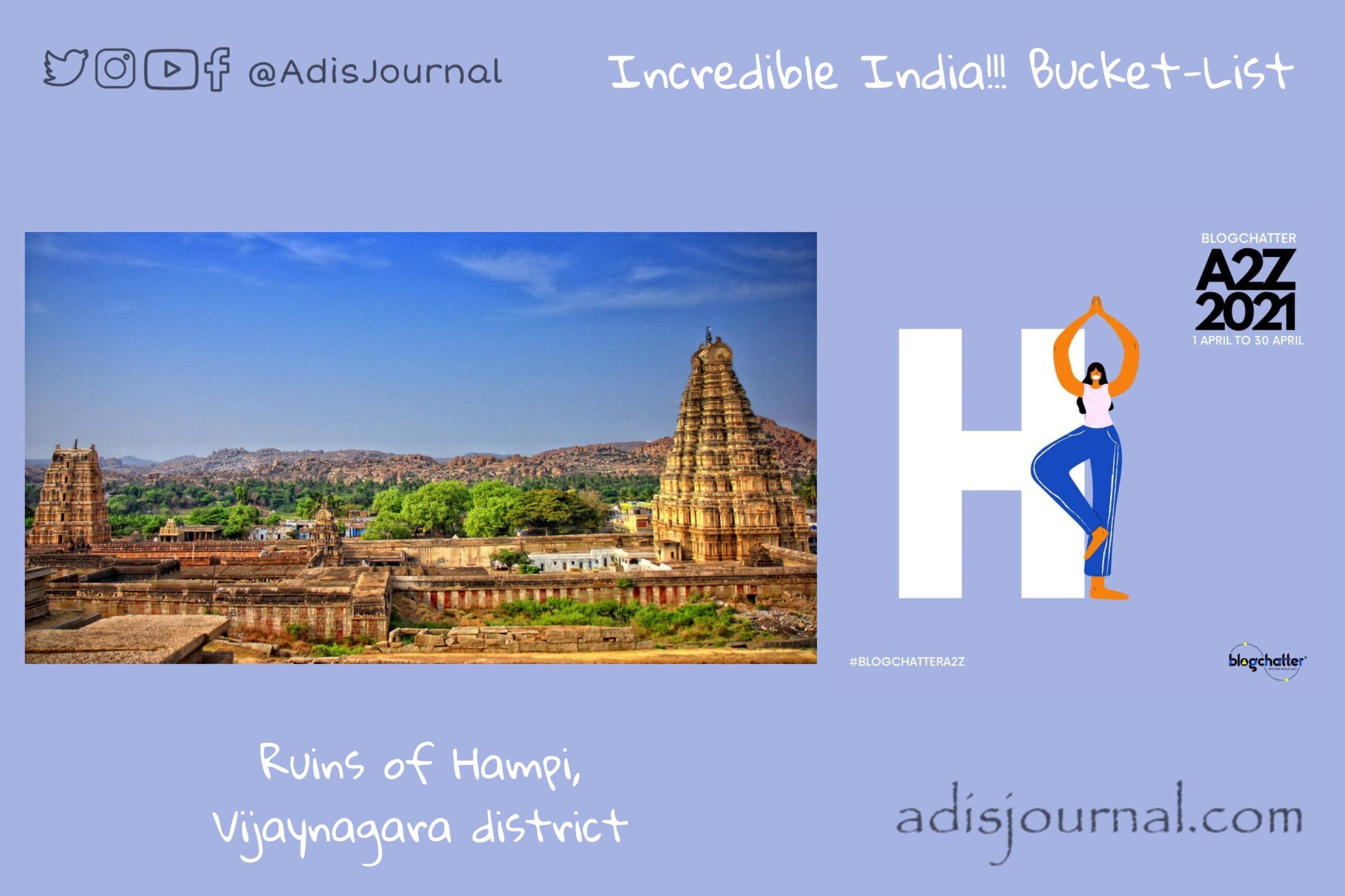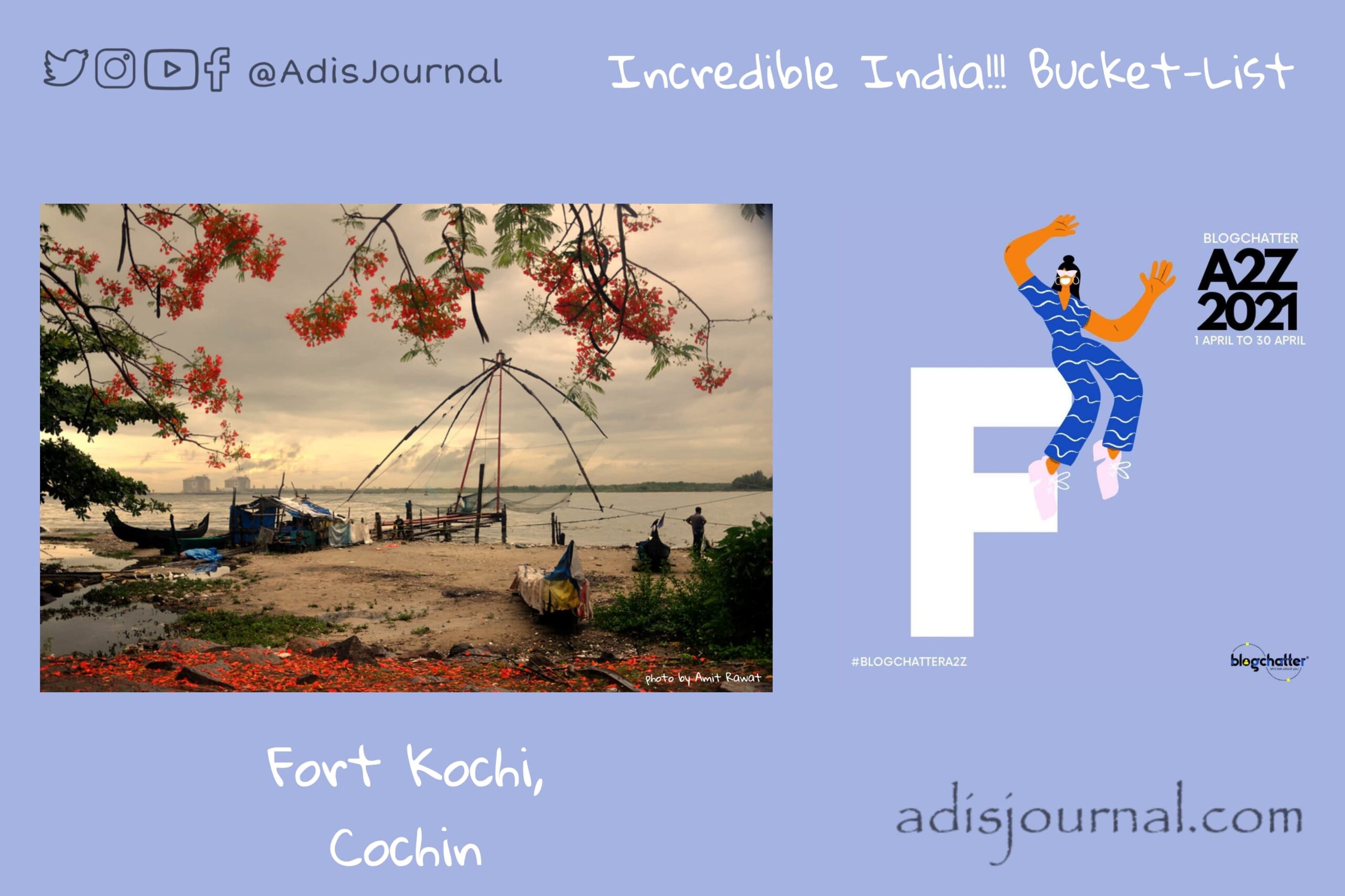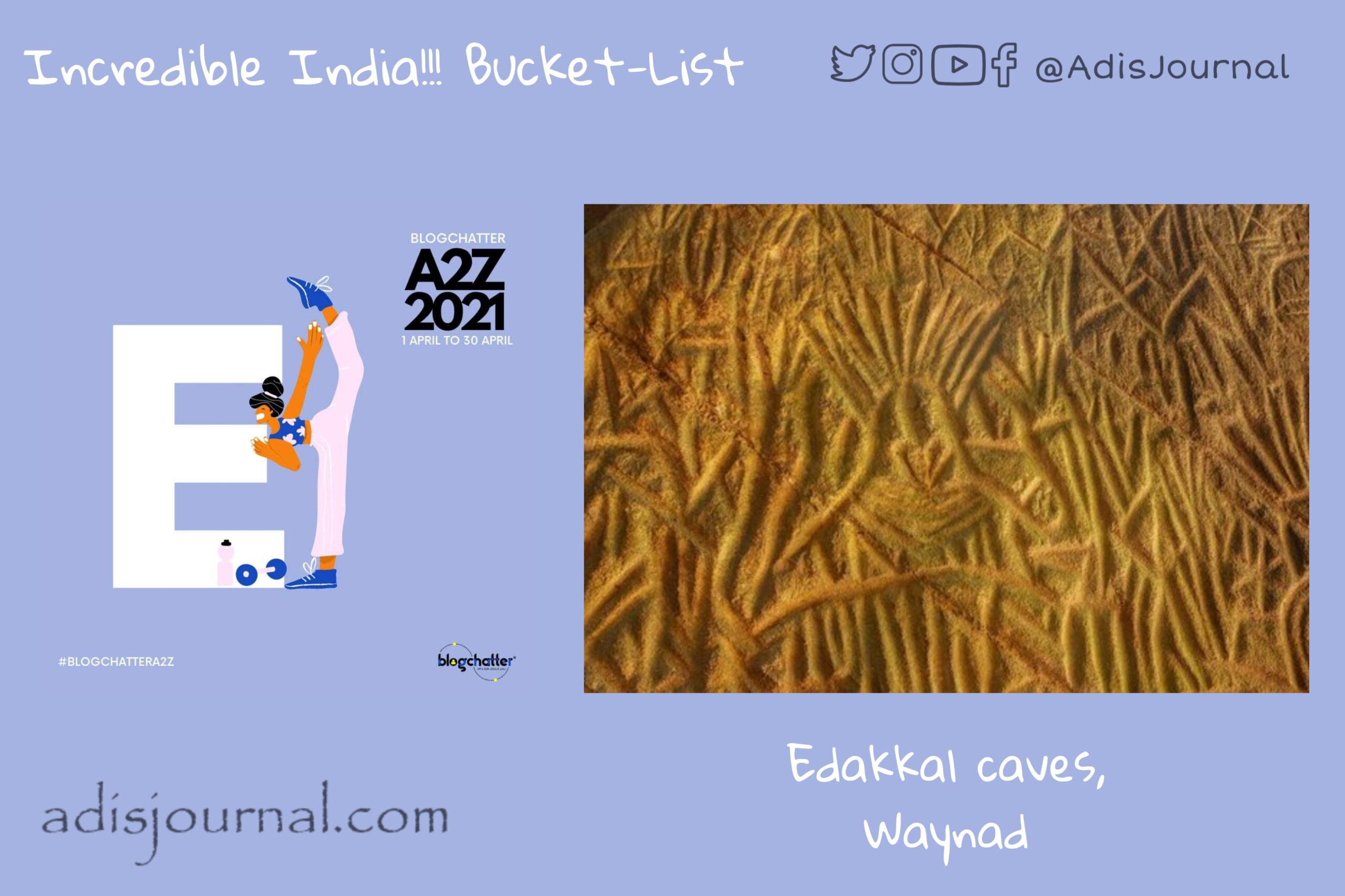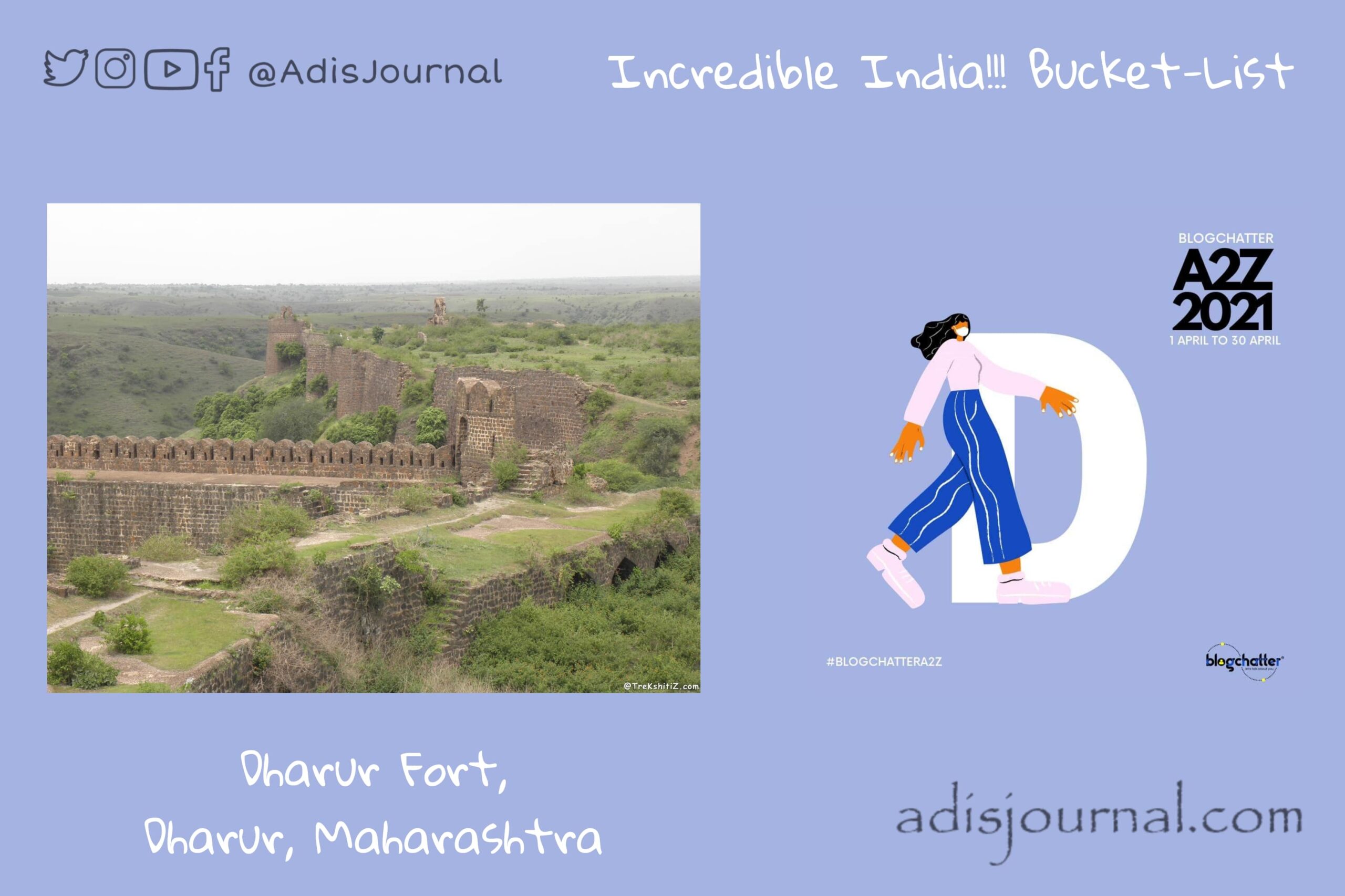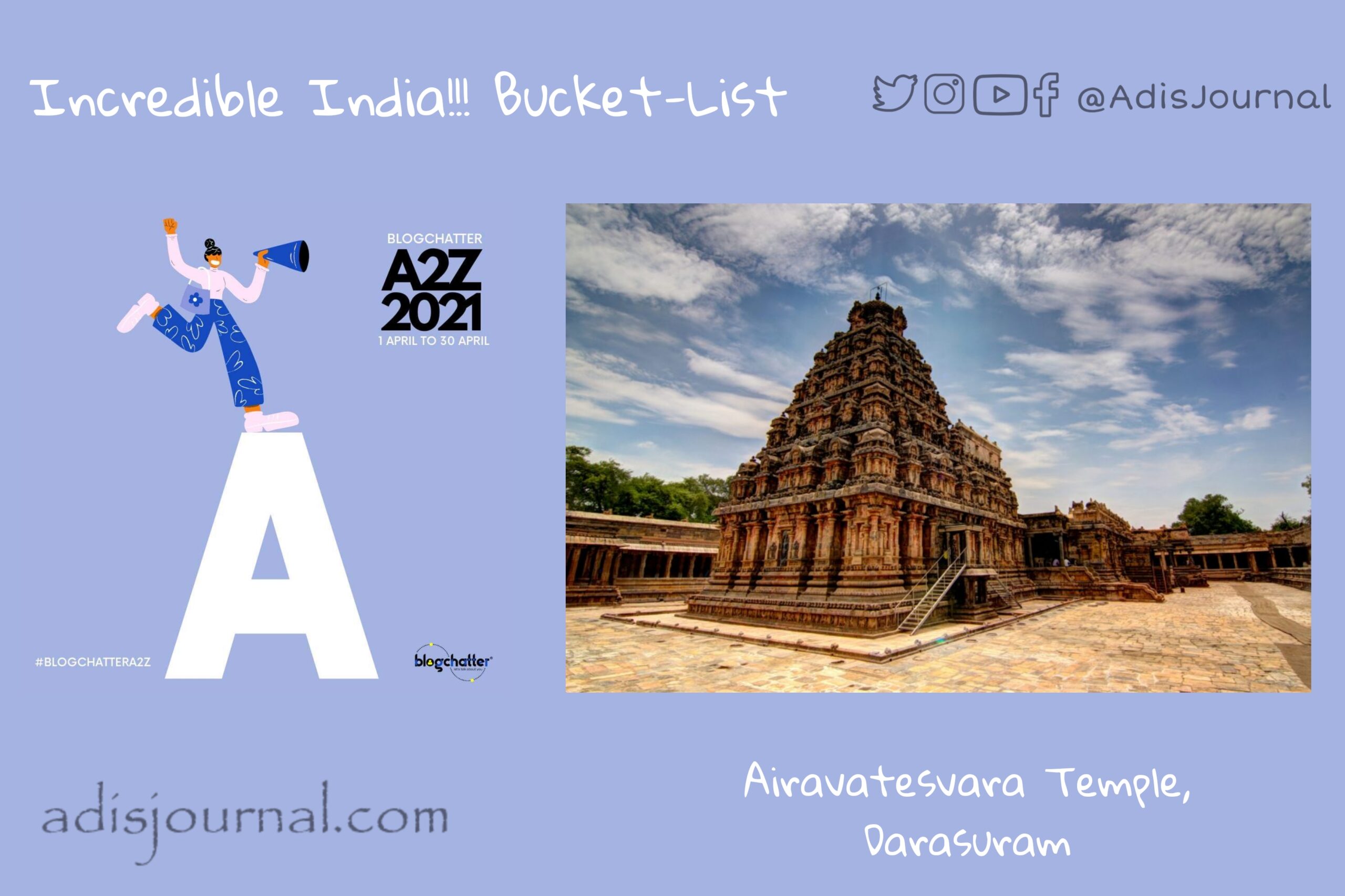
Our Incredible India witnessed some glorious empires in history though ruled by various dynasties, they maintained the form of an Empire. In the north, we had an Empire of Magadh, and Delhi Sultanate.
Central India witnessed the rise and fall of the Maratha Empire while the South saw the rise and fall of Yadavas of Devgiri. But, today’s story is about another Empire from South India and our destination is their capital city. Hampi of Vijayanagara Empire.
Story time:
In 14th century India, an empire rose to power in the Deccan plateau. Brothers, Harihar and Bukka Raya from Sangama Dynasty, put the foundation of this empire which rose to the pinnacle of glory in the time of Krishna Deva Raya of Tulava Dynasty. But before that, the empire witnessed two coups and power changed hands from Sangamas to Sulavas and subsequently to Tulava Dynasty.
Krisha Deva Raya during the reign commissioned many of the important monuments of Hampi. It was the world’s second biggest city of mediaeval era following Beijing. It was prosperous and wealthy attracting travellers and traders. We can find the descriptions of Hampi and the empire in chronicles of Persian and European travellers (especially Portuguese)

Garuda Chariot at Vitthala Temple, Photo by Sriharsha 
Beauty of Hampi 
Ugra-Narasimha Photo by Dnyaneshwar Vaidya 
Virupaksha temple 
Matanga Hill photo by fraboof 
Ruins of Hemakuta hills, Hampi by Siri Iyer 
Elephants stable
Never miss these at Hampi:
Ruins of Hampi cover around 4100 hectares. It is near modern day city of Hospet. There are hundreds of spots you can visit and enjoy the glorious carvings, architecture and sculpting from the golden days of Vijayanagara. However, there are few of them which you can’t afford to miss. There are main temples like Virupaksha temple, Achyutaraya Temple, Krishna Temple, Vitthala Temple etc. You can see the ruined market area adjacent to all these temples. In Krishna temple, the shrine of Ugra Nrusinha or Laxmi Nrusinha is one you should definitely check out. Shrine or temple of Nrusinha is a rare thing in India. Garuda Chariot from Vitthala Temple complex is donned with intricate ornate carvings.
Along with these, there are several hill temple complexes. At some spots, you can reach only if you take a ride on famous Coracles, the circular boat. The Archaeological Museum of Hampi is also a good documentation center. It provides us an idea about the glorious past of the VIjayanagara Empire.
Today, let’s roam in these ruins and try to imagine the golden days of Hampi when its street used to be bustling with crowded markets.
This brings to the I am participating in A2Z challenge with Blogchatter and this is my take on day 8 challenge. “H is for the Ruins of Hampi, VIjayanagara District”. You can find my other posts from this challenge here.

